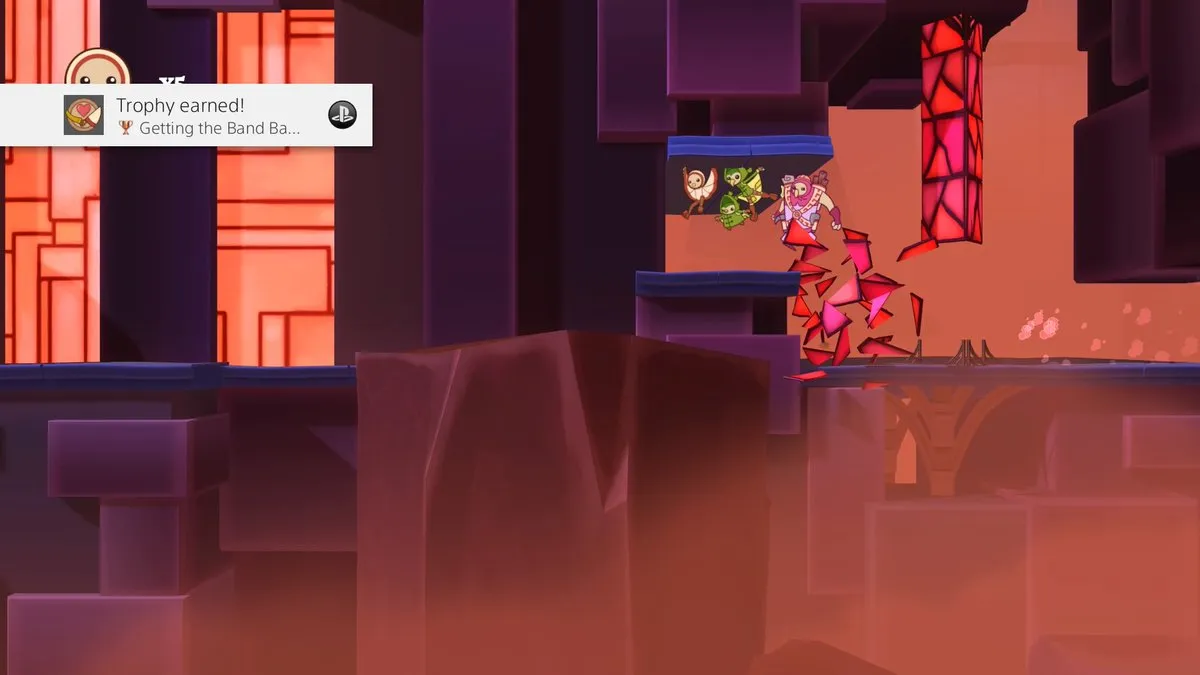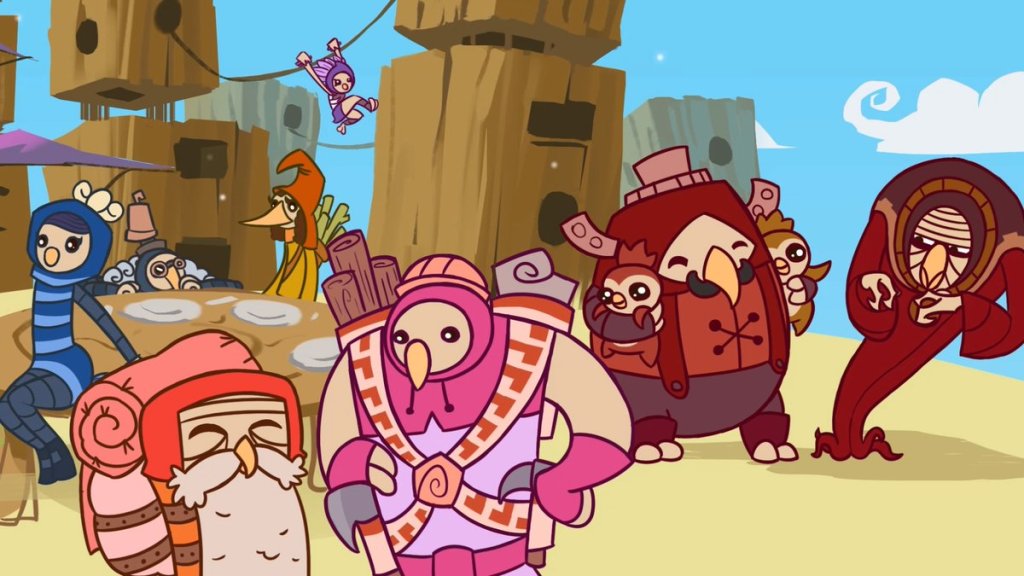It’s pretty uncommon to see a non-established platformer release without a gimmick attached to it. Hue was built around shifting colors, Klaus had a unique narrative focus and acknowledged the player’s existence, and The Sun and the Moon was all about reversing gravity. All of these games succeeded due to bringing something new to the table, while Shu, a new title from developers Secret Lunch and Coatsink, is a platformer where you play as a cute bird (named Shu) who just wants to make his way from the left side of the screen over to the right.
You know what? It’s actually very refreshing. While other games are trying innovate in the platformer space, Shu helped remind me why I love the genre so much in the first place. It’s the feeling of making an exhilarating jump by an inch, avoiding dangerous spikes, and collecting plenty of objects that are cover levels from head to toe. It’s able to do this for one reason: every aspect of Shu is incredibly polished. From the gorgeous 2.5D graphics to actually controlling Shu, everything just feels right. It’s pretty incredible to create a game that feels second-nature from the title screen onward, but that is what the developers have done here.
While there isn’t one particular mechanic that stands out about Shu, it does feature a smorgasbord of platforming moves that almost seems like a history on the genre. Shu’s skill-set is pretty limited as he can only jump and use his wings to glide through the air. That’s it. If you’re thinking that would make for a pretty boring game, you’re probably right, which is why one of Shu‘s coolest aspects is that Shu is joined by a bunch of his friends (who all hold hands in what is the cutest running animation of 2016) on his journey. These characters will adorably hold hands and join Shu on his journey.
Much like how Shu can glide, each character comes with their own ability. One character can double jump, another can slow down time, and one can dash through the air. Basically every skill from a game like Guacamelee is present here, it’s just spread across many characters. Shu is never joined by more than two friends at a time (three’s company after all), so things never get too complex on-screen. Instead Shu manages a great balance of introducing new mechanics, letting the player have fun with them, and then swapping them out for a bunch of other cool ones.
This type of design might seem like wasted potential to some observers, but since these aren’t exactly new mechanical breakthroughs, I had no issue with being able to walk on water during one level and then not being able to do so in the next stage. Instead, I really appreciated the amount of variety I found here. As someone who often complains about games being padded out with filler content, Shu is an incredibly lean package that felt completely fulfilling by the time the credits rolled after 3 hours. Every level felt like an individual experience, and the same ideas weren’t reused to the point of boredom.
Rewarding Difficulty
The reason why Shu can excel with only really touching upon the basics of platforming is due to top-notch level design. Every single stage, from the very first one onward, has difficult sections. All of this comes from the environment (large bottomless pits, spiky ceilings, etc.), as there aren’t any enemies to fight. Just a course to trek through, and once again I felt like this was a nice change of pace. Shu is in a very peaceful world, for the most part.
That peacefulness quickly evaporates, though, as multiple levels of the game have amazing chase sequences where a giant presence filled with darkness starts chasing Shu and his friends. These sections are intense, and really ended up testing my skill as a player. They pretty much force the player to run sections of the level (until they hit the next checkpoint) flawlessly, and it felt like just the right amount of challenge when contrasted with how peaceful the rest of the game was.
While sections of the game definitely require extreme precision, I wouldn’t call Shu a very hard game. This is due to a great checkpoint system that will refill the player’s life counter back up to five. That may seem like a lot of lives, but considering everything in the game kills poor Shu in one hit (he’s just a bird, after all), it basically gives the player 6 chances to clear a platforming section before they have to restart a level. I only hit a game over once, but the constant threat of one really had me on my toes in the latter levels of the game.
Since Shu is not a long game at all (it took me less than three hours to beat it, and I explored quite a bit), some might mistake it as a poor value. That isn’t the case as the game is highly replayable. The developer clearly took a cue from Rayman Legends (which for the record, is arguably the best 2D platformer released in the past 20 years), as every level has several different goals to achieve. There are hidden collectibles to find (in the form of adorable owl babies!), a speedrun time to beat, and hundreds of orbs to collect as well. Completionists can easily triple their time playing Shu.
While it’s nice to know that players can extend their time in Shu, it’s not needed for me to give it a recommendation. As even if you only play through Shu once, it’s absolutely worth doing so. It’s a love letter to a fantastic genre, and is such a pleasant way to spend an evening. It may not be a grand adventure like Super Mario World, but I enjoyed every single second of it, and that can’t be said about most games.
Review code for Shu provided by publisher. Reviewed on PlayStation 4. For more information on scoring, please read our Review Policy here.
-
Constantly adds new mechanics
-
Plenty of replayability
-
Gorgeous visuals
-
No camera control
-
Too many bottomless pits
-
One hit kills can seem rough
Shu Review
-
Shu

-
Shu
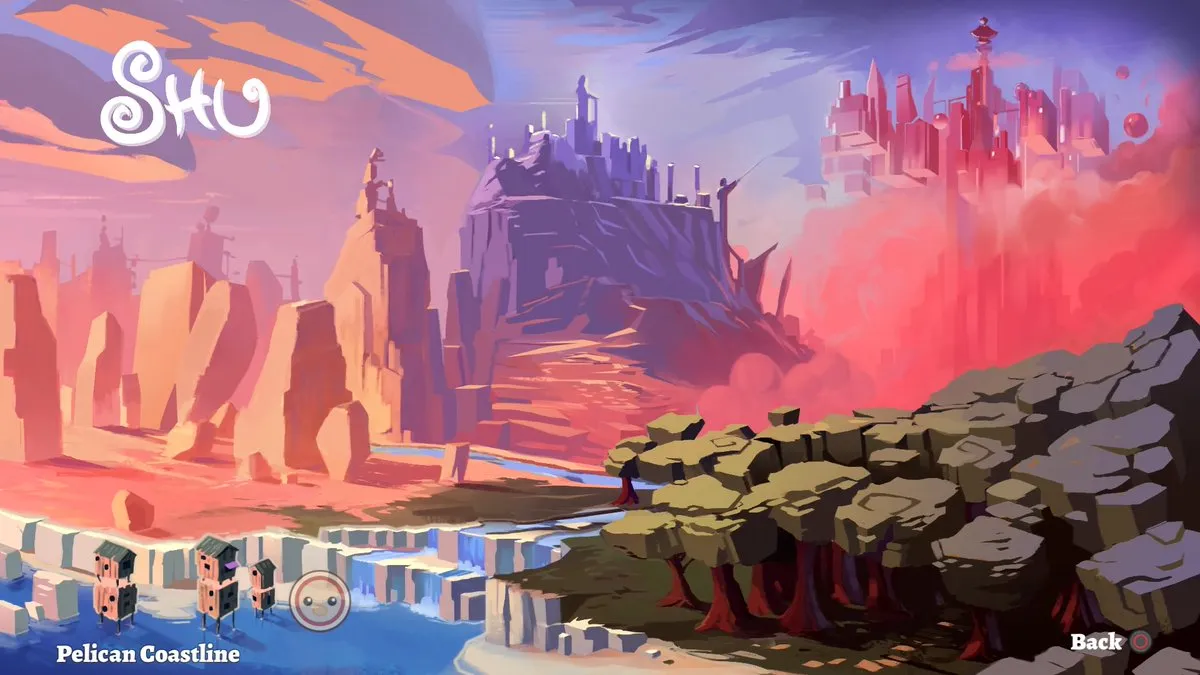
-
Shu
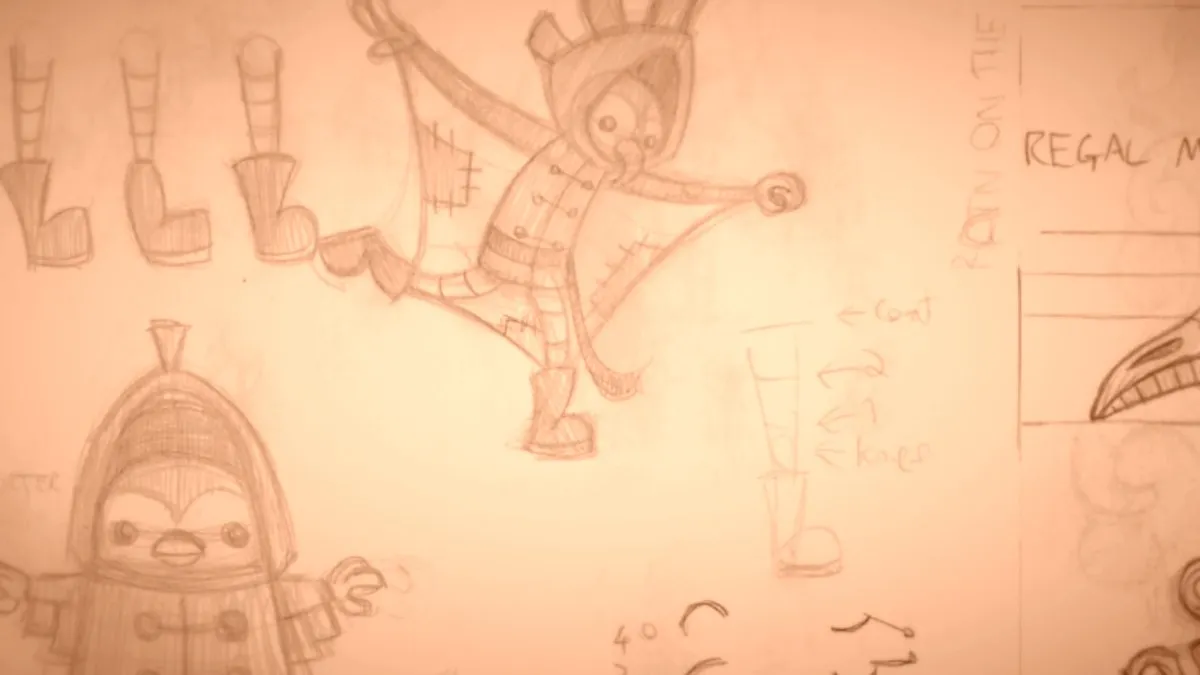
-
Shu
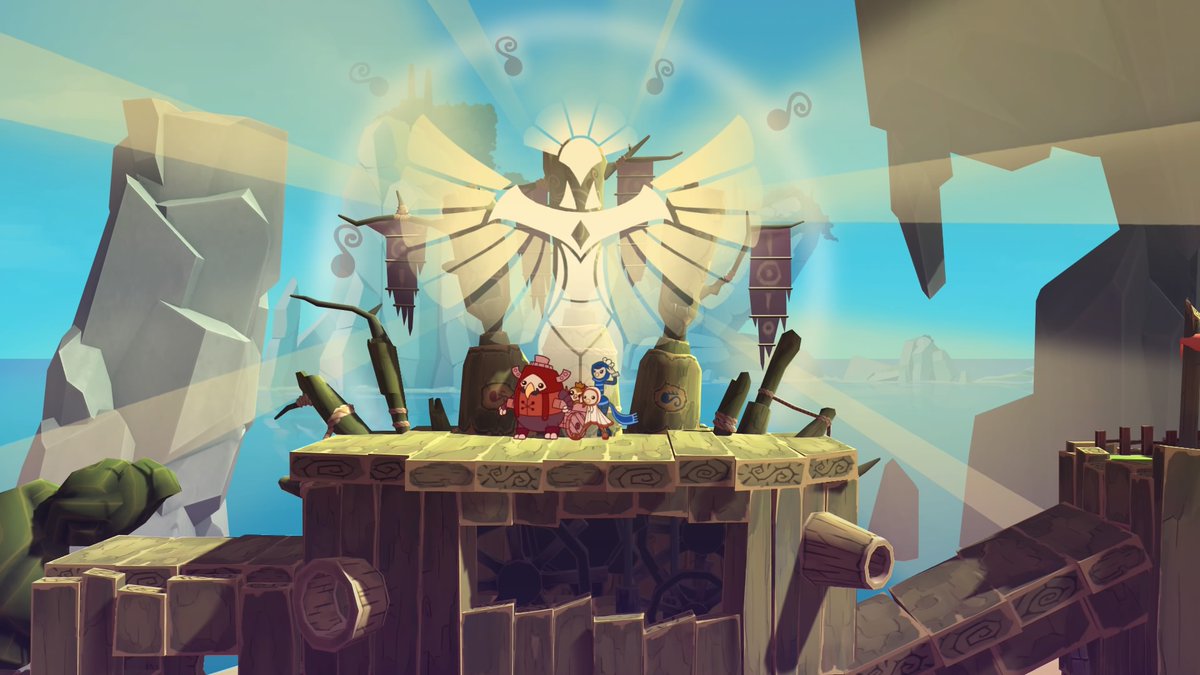
-
Shu
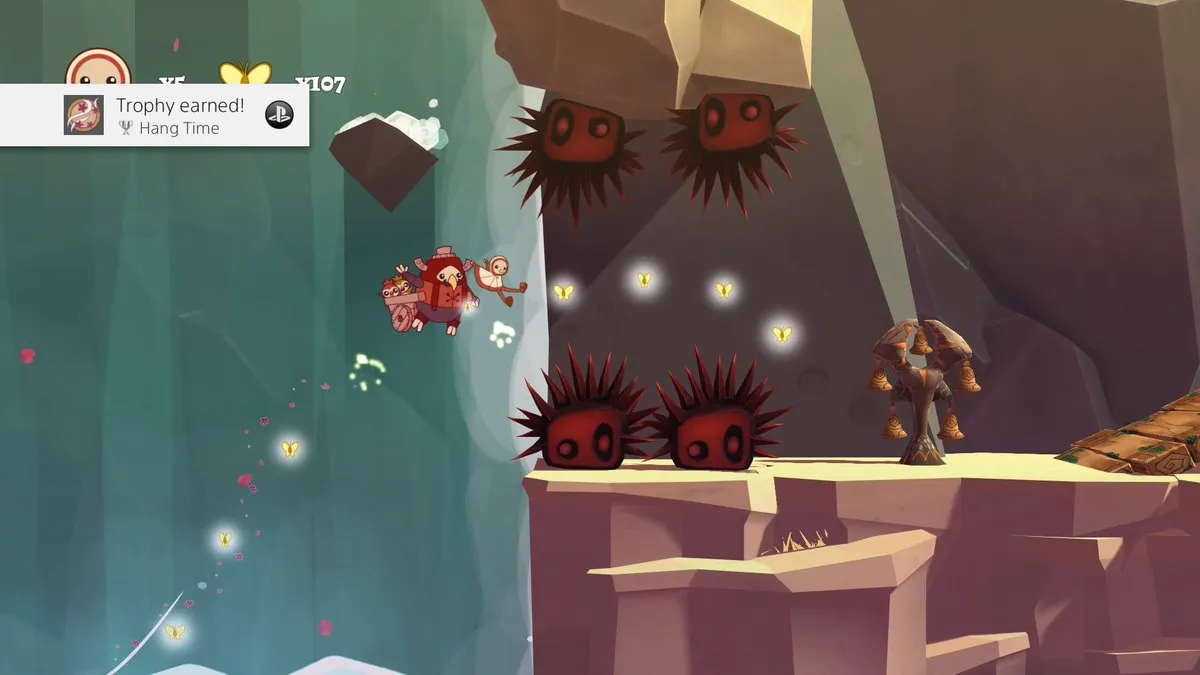
-
Shu
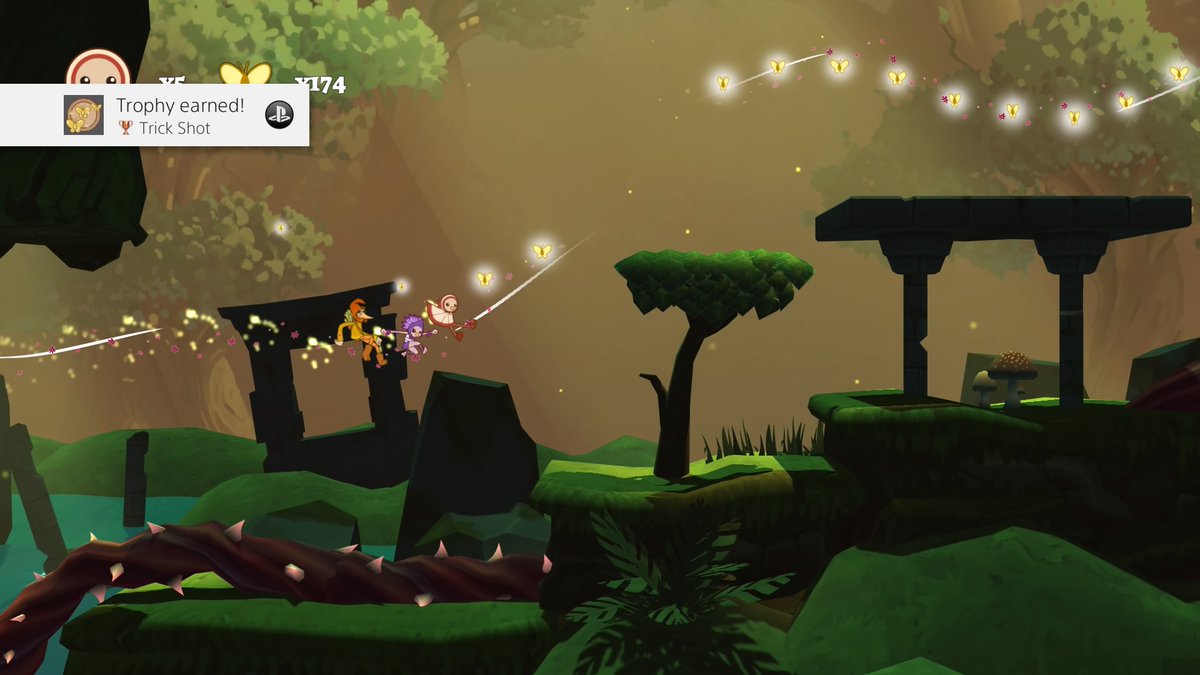
-
Shu
